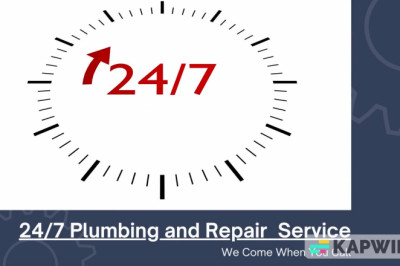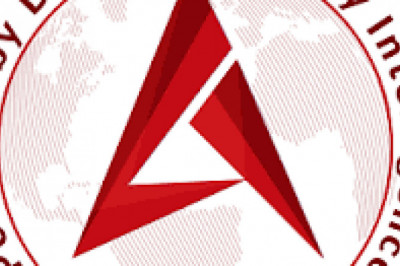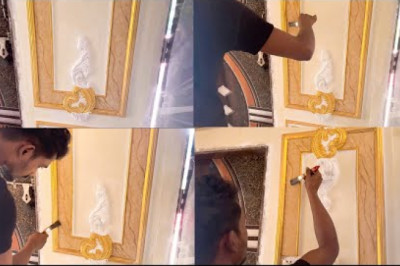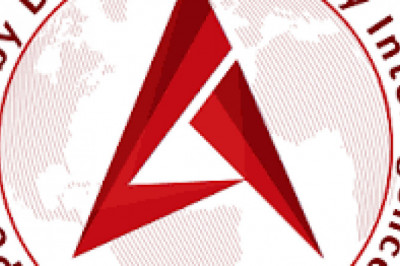views
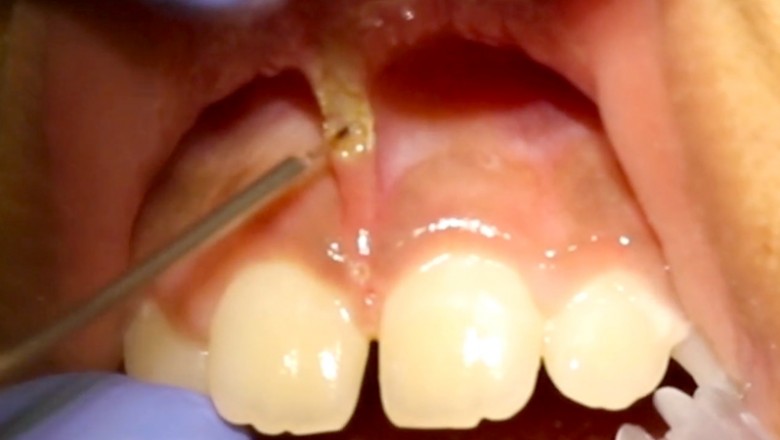
Soft tissue Laser Applications in Pediatrics
There are many applications for pediatric soft tissue laser procedures in oral surgery, oral pathology, periodontology and orthodontics — including frenectomies, frenotomies, operculectomies, gingivectomies, and treatment of aphthous and herpetic lesions.
Ankyloglossia of the infant is a common and well-studied condition in which the attachment of the lingual frenum is at the tip of the tongue. This is most common in boys, with a reported incidence of 4% to 5%. Ankyloglossia and restriction of tongue movement can result in poor breastfeeding and maternal nipple pain. Research shows that frenotomy can reduce maternal nipple pain, although the effect on breastfeeding quality has not been consistently proven. Frenotomy involves administering local anesthesia and using two instruments — such as a mosquito or hemostat — in a V shape to protect structures in the sublingual area, including the lingual nerve and Wharton’s duct. A scalpel, laser or electrosurgical knife is used to make a V-shaped incision separating the attachment. Advantages of using a laser include the specific interaction of the laser with treated tissue, rapid hemostasis, reduced postoperative discomfort and fast wound healing. The laser also has a decontaminating and antibacterial effect.
Laser labial frenectomy is completed in a similar fashion, but can also include surgical repositioning of the frenum attachment. While indications for labial frenectomy are varied, this procedure can improve access and cleansability of the facial surfaces of the young child’s incisors, reduce traction on the marginal gingiva, aid in orthodontic treatment of a persistent midline diastema, and modify labial or lingual anatomic issues in a multidisciplinary approach to speech development. Advantages of using a laser in frenectomy or frenotomy include reduced operating time, decreased use of local anesthetic and faster healing.
Removal of benign, diseased oral soft tissue, such as mucocele, gingival fibroma, and pyogenic granuloma, can also be achieved with a diode or Nd:YAG laser. Case reports also indicate successful use of Er-Cr:YSGG lasers for these procedures. Aphthous ulcers and herpetic ulcers may be treated with laser therapy, resulting in reduced healing time — although more high-quality studies are needed to determine effectiveness and treatment protocols.
Periodontal disease is found in a smaller percentage of pediatric patients than adults; nonetheless, teenagers and children present with various periodontal conditions. Some of the most common laser procedures performed in a pediatric population include gingivectomy, removal of operculum, or exposure of a submerged tooth for placement of an orthodontic bracket. Although laser decontamination of periodontal pockets in adults has been studied with varying results, there is little research in pediatric populations. At this time, laser therapy is best considered as an adjunct to traditional periodontal treatment.
Additionally, evolving fields in medicine and dentistry involve photobiomodulation (PBM) and low-level laser therapy (LLLT). In PBM, lasers are used to initiate a photochemical effect on a cellular level, without thermal or ablative characteristics. The majority of studies use diode lasers and attribute positive clinical changes to stimulation of mitochondrial cytochromes, eliciting increased cellular metabolism and improved cell viability. While more studies are needed, there is sufficient literature to support PBM in the treatment of oral mucositis — which is of interest to clinicians who manage patients undergoing radiation or chemotherapy.






